 Help your fuel pump last longer. One pump killer is contamination in the fuel tank. Sometimes this comes from the fuel itself. Buying fuel at a reputable Denver station will help make sure you are putting clean fuel into the tank. Older vehicles tend to have more sediment in the tank from years of rust or corrosion from the tank itself. The tank may need a thorough cleaning or replacement.
Help your fuel pump last longer. One pump killer is contamination in the fuel tank. Sometimes this comes from the fuel itself. Buying fuel at a reputable Denver station will help make sure you are putting clean fuel into the tank. Older vehicles tend to have more sediment in the tank from years of rust or corrosion from the tank itself. The tank may need a thorough cleaning or replacement.
Another thing you can do to help your fuel pump last longer is refill your tank when it gets down to about a quarter full. The fuel pump is submerged in the fuel which cools it and lubricates it. When the fuel in the tank runs low, the pump has to work harder to suck up the fuel from the bottom and there is not enough fuel in the tank to cool it. This can lead to premature wear.
When the day comes that your fuel pump needs to be replaced, Express Car Care of Denver will use a quality replacement pump that meets or exceeds your vehicle manufacturer’s specifications. The entire assembly should be replaced. Your Express Car Care service adviser will be sure to install a replacement pump that is compatible with your fuel type. For example, if you have a FlexFuel vehicle that can run on gasoline with up to 85% ethanol content, your fuel system components – including the fuel pump – must be able to withstand the corrosive effects of high alcohol content fuel.
We’d like to help you with all your car repair questions, give us a call or come in and see us.

 If you’re new to towing, be sure to invest in the right towing equipment for the job. In most towing situations, you’ll need four pieces of equipment:
If you’re new to towing, be sure to invest in the right towing equipment for the job. In most towing situations, you’ll need four pieces of equipment: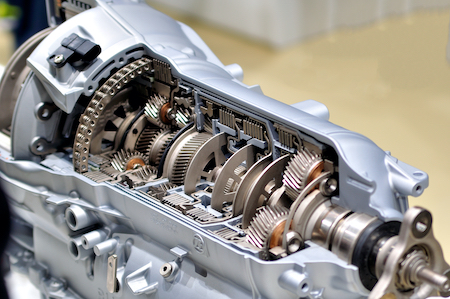 Another thing you might notice is that your vehicle’s transmission tends to impulsively slip in and out of place. This can be highly dangerous if you’re on a busy road and your gears slip. Imagine flying down the highway from a day up skiing, and your gears slip to neutral. If you feel this at any point, bring it in to have it evaluated as soon as possible.
Another thing you might notice is that your vehicle’s transmission tends to impulsively slip in and out of place. This can be highly dangerous if you’re on a busy road and your gears slip. Imagine flying down the highway from a day up skiing, and your gears slip to neutral. If you feel this at any point, bring it in to have it evaluated as soon as possible. When your wheels are in proper alignment, the entire suspension system is working together, keeping you pointed in the right direction. Without movement, you move in a straight line. But when wheels are out of alignment, that balance can shift and turn. Have you ever felt a pull to the right or left when you’re moving down an open stretch of highway? That’s a problem with your wheel alignment. It can cause other systems more wear as you overcompensate for the problem.
When your wheels are in proper alignment, the entire suspension system is working together, keeping you pointed in the right direction. Without movement, you move in a straight line. But when wheels are out of alignment, that balance can shift and turn. Have you ever felt a pull to the right or left when you’re moving down an open stretch of highway? That’s a problem with your wheel alignment. It can cause other systems more wear as you overcompensate for the problem.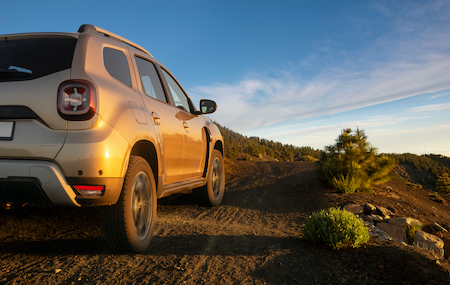 Car trouble is bad anytime it happens. But when your car doesn’t start in the office parking lot, it’s a minor inconvenience. If your car dies on the open road, it can be downright dangerous.
Car trouble is bad anytime it happens. But when your car doesn’t start in the office parking lot, it’s a minor inconvenience. If your car dies on the open road, it can be downright dangerous.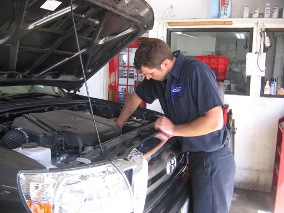
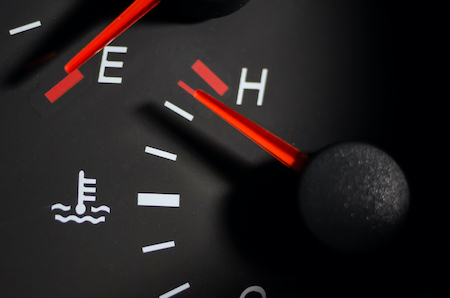 The cooling system includes the radiator, thermostat, coolant, and a variety of hoses that circulate the antifreeze where it’s supposed to go. It absorbs the heat as it operates, carrying heat away from the engine and into the radiator where a fan works to cool it down. The thermostat regulates this process, controlling just how much coolant is needed to flow through the system and keep it working.
The cooling system includes the radiator, thermostat, coolant, and a variety of hoses that circulate the antifreeze where it’s supposed to go. It absorbs the heat as it operates, carrying heat away from the engine and into the radiator where a fan works to cool it down. The thermostat regulates this process, controlling just how much coolant is needed to flow through the system and keep it working.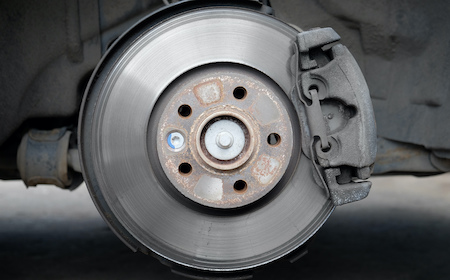 In the past, brake pads were often made of asbestos. The friction created between the brake pad and the rotor creates an intense amount of heat. Asbestos is a great product for absorbing that heat. The problem is, asbestos is also hazardous to your health. As brake pads wear down, brake dust begins to dissipate, with the chance of it floating through the air. That’s a dangerous thing to breathe.
In the past, brake pads were often made of asbestos. The friction created between the brake pad and the rotor creates an intense amount of heat. Asbestos is a great product for absorbing that heat. The problem is, asbestos is also hazardous to your health. As brake pads wear down, brake dust begins to dissipate, with the chance of it floating through the air. That’s a dangerous thing to breathe.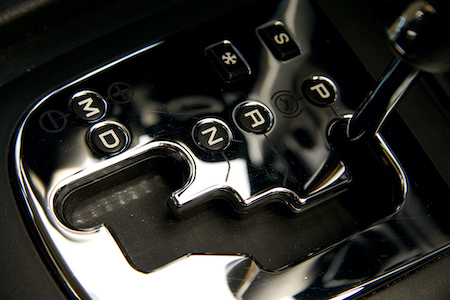 When your gear shifter is stuck, the first rule of thumb is not to force it into action. To do so may cause further damage to your transmission.
When your gear shifter is stuck, the first rule of thumb is not to force it into action. To do so may cause further damage to your transmission. Your serpentine belt is powered by the engine as it turns. Your alternator, air conditioning compressor and power steering pump depend on your serpentine belt in order to run. On some vehicles it also runs the water pump, radiator fan and power brakes.
Your serpentine belt is powered by the engine as it turns. Your alternator, air conditioning compressor and power steering pump depend on your serpentine belt in order to run. On some vehicles it also runs the water pump, radiator fan and power brakes.